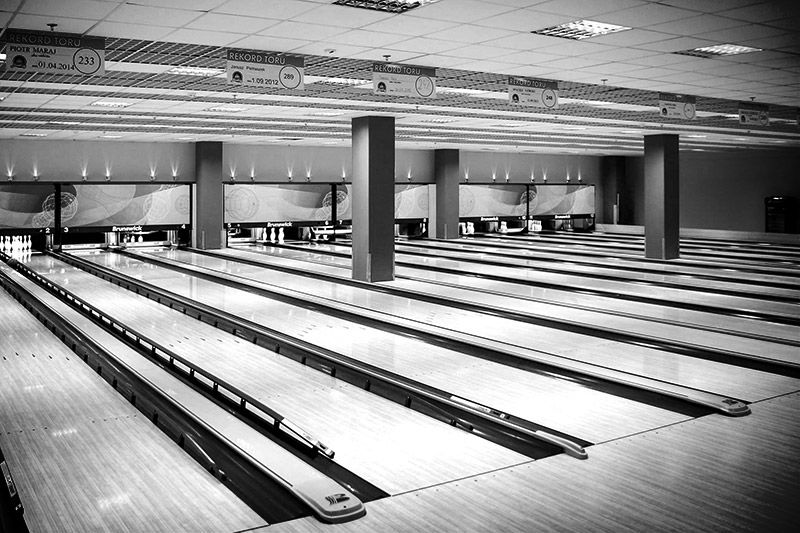Coupon excludes instant bonus items, hot deal items, and gift certificates.

If you were to ask a wide range of people of varying demographics what a bowling pin was made of, you would likely be surprised of their answers. Wood? Metal? Plastic? Aluminum?
But even though bowling has advanced in technology over time, the construction process of creating a bowling pin hasn’t changed in over 60 years! Back in the late 1800’s, bowling pins were made out of solid pieces of maple. But with the invention of the pin setter in the 40’s, solid pins were easily damaged and required replacement often.
Vulcan Manufacturing created a solution in the 50’s, using pieces of maple and gluing them together. This method allowed for a pin’s weight to be controlled, while at the same time creating strength to withstand the impact of bowling balls and being tossed around in a pin setter. As a result, the modern bowling pin was born and, by the early 60’s, all solid wood pins had stopped being used.
The ABC (American Bowling Congress) along with the WIBC (Women’s International Bowling Congress) regulate the construction of the modern bowling pin. Regulations require the maple to be harvested from trees grown north of the 45th parallel (running through the northern part of the United States). Trees in this region have a lower mineral concentration, resulting in denser wood.
This maple wood needs to be protected right? Nylon and Surlyn (pictured) protect the wood, and give its white appearance. The coating processes used on the pins depends upon which coating is being applied. For instance, with nylon coatings, the pin must first be sealed in latex to ensure the nylon adheres correctly and to prevent it from cracking.
Once the coating is applied, the surface is first sanded to remove excess coating. Silk screen graphics are then sprayed onto the pin, graphics like the ring around the neck and the manufacturer’s logo. Finally, a clear gloss coat is sprayed over the pin, and the pin skirt is glued onto the bottom of the pin. Pins will last around a year on average, but a recoat is needed after about six months. Check out the video below to see it from start to finish!
High-Performance Balls ON SALE
Once you grab a coupon check out the awesome deals above! We have all the bowling gear you're looking for at the kind of deals that make it easy to upgrade.
















